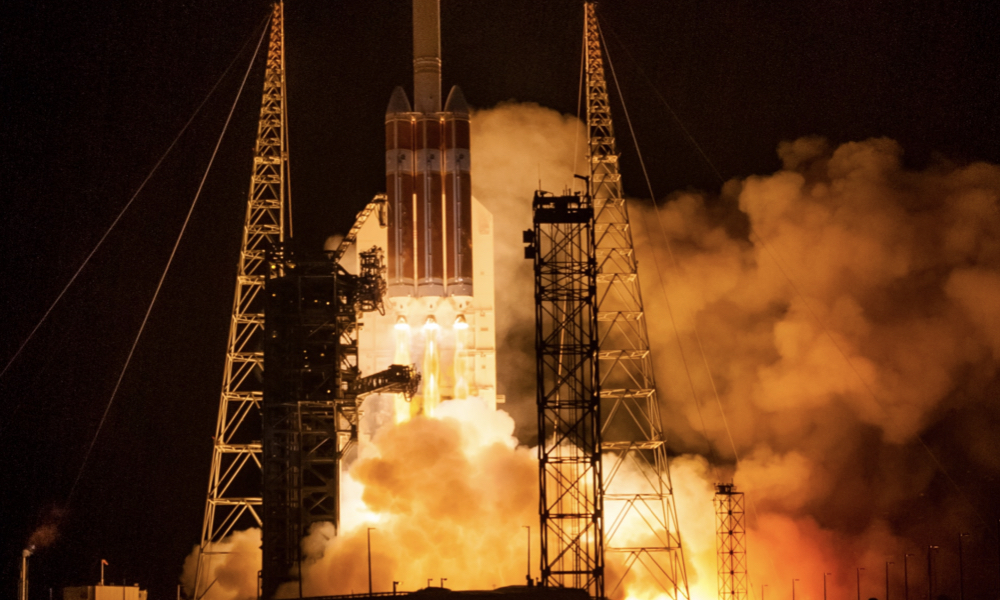
ESA Open Invitation to Tender AO9366
Open Date: 06/07/2018
Closing Date: 31/08/2018 13:00:00
Status: ISSUED
Reference Nr.: 18.123.01
Prog. Ref.: GSTP Element 1 Dev
Budget Ref.: E/0904-611 – GSTP Element 1 Dev
Special Prov.: ES
Tender Type: C
Price Range: > 500 KEURO
Products: Satellites & Probes / AOCS & GNC / Actuators / Reaction Control Systems (low-thrust)
Techology Domains: Propulsion / Chemical Propulsion Technologies / Liquid Propulsion Systems
Establishment: ESTEC
Directorate: Directorate of Tech, Eng. & Quality
Department: Mechanical Engineering Department
Division: Propulsion & Aerothermodynamics Division
Contract Officer: van Hilten, Linda
Industrial Policy Measure: N/A – Not apply
Last Update Date: 06/07/2018
Update Reason: Tender issue
The propulsion system is a cause of accidental satellite breakups. Currently thrusters are not qualified to operate at low enough pressures to fully vent the remaining propellant at end of life. Furthermore, studies have shown that at the end of the mission, whenattitude control is lost, the satellite can end up sun pointing causing a big increase in tank temperature. This increase is particularly concerning because it can cause dissociation of the residual propellant, beginning an exothermic reaction that result in a thermal-runaway, creating high increases in pressure such as to burst the tank.In order to fully reduce the risk of such breakups, itis necessary to create a venting path so that all propellant can be safely vented throughout the disposal phase. The most efficientway to do this is through the use of a nominally closed passivation valve. Given that the passivation should occur around 10 (and sometimes as long as 15) years after launch, current pyro valve technology which gives up to 8 years lifetime is not sufficient. The Shape Memory Alloy (SMA) valve provides many potential advantages, such as unlimited lifetime, robustness, possibility to detect andstop involuntary activation, lower shock, low cost and no pyro handling constraints.Work within the CleanSat project have demonstratedthe potential of such a valve for the passivation application, but also for other applications as a replacement to pyro valves within the propulsion system. This development was considered of high priority during the concurrent engineering phase for the development of uncontrolled reentry LEO platforms. The coordinated work between supplier and integrators is a key aspect of the CleanSat project, guaranteeing that the technology is developed in line with the needs of the end users.In this activity the following taskswillbe performed: Phase 1 Development Activities (200 k – 12 months)- Analysis and consolidation of requirements following LSIs inputs. Assessment of applicability of passivation valve to other applications- Consolidation of all the design elements (actuator material, valve housing assembly, heater design, filter, interface)- Consolidation of requirements towards the valve and its components which originate from the need for late operation at the EOL of SC.- Performance of any low level development tests and material tests (SCC, Radiation)- Establishment of preliminary design- Performance of preliminary analyses- Establishment of preliminary test plan- PDR- Development of design software models for necessary mechanical analysis- Establishment of Detailed design- Development / procurement of jigs and tools for testing- Manufacture and integration of development hardware (engineering models)- Development testing using the EM, to include as a minimum: Mechanical testing (t-vac, vibration, shock, pressure)- Qualification test plan and procedures- CDR Phase 2 Qualification Activities (500 k – 9 months)- Manufacture and integration of qualificationhardware (qualification models)- Test readiness review (TRR)- Testing, including: vibration testing, shock test, pressure cycling, priming test, leakage tests, thermal vacuum cycling, activation tests at vacuum at various initial temperatures, destructive testing, final inspections- Preparation of qualification review data package- TRB- Qualification reviewA coordinated approach with the LSIs will be continued during this activity in order to guarantee a seamless introduction of this equipment in their future platforms.
If you wish to access the documents related to the Invitation to Tender, you have to log in to the ESA Portal.
